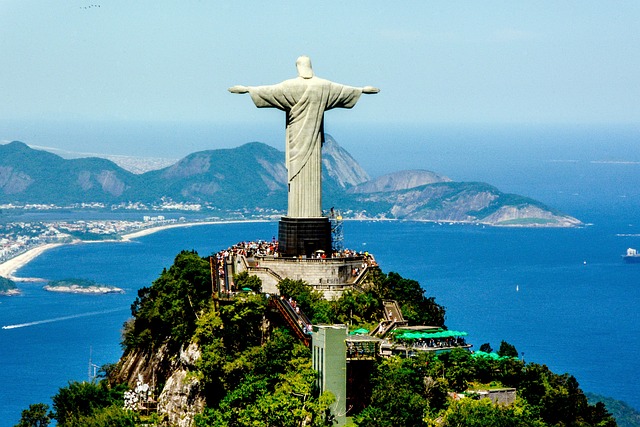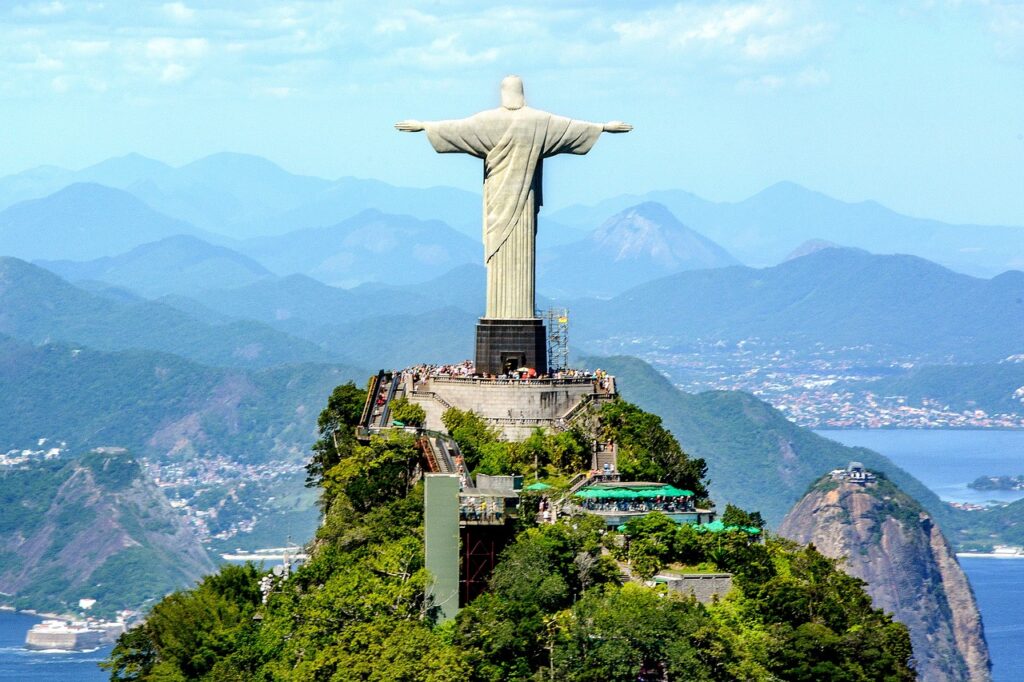History of ‘Christ the Redeemer’ Rio de Janeiro, Brazil


The iconic statue of Christ the Redeemer stands atop the Corcovado mountain overlooking Rio de Janeiro, Brazil. This monumental sculpture is not only a symbol of Rio but also a representation of Brazilian culture and Christianity.
Designed by Brazilian engineer Heitor da Silva Costa and sculpted by French sculptor Paul Landowski, construction began in 1922 and was completed in 1931. The statue is made of reinforced concrete and soapstone and stands at a height of around 98 feet (30 meters), with its arms stretching 92 feet (28 meters) wide.
Its significance goes beyond its impressive size and architectural prowess. It represents religious devotion, as Brazil is predominantly Catholic. Moreover, it symbolizes peace, welcoming visitors to Rio with its outstretched arms.
The location itself offers breathtaking panoramic views of the city, making it a popular tourist destination. In 2007, Christ the Redeemer was named one of the New Seven Wonders of the World, further cementing its status as a globally recognized landmark.
Over the years, the statue has undergone renovations and restorations to maintain its structural integrity and iconic appearance. Despite occasional challenges due to weather and natural elements, it remains a symbol of faith, beauty, and Brazil’s cultural heritage.








